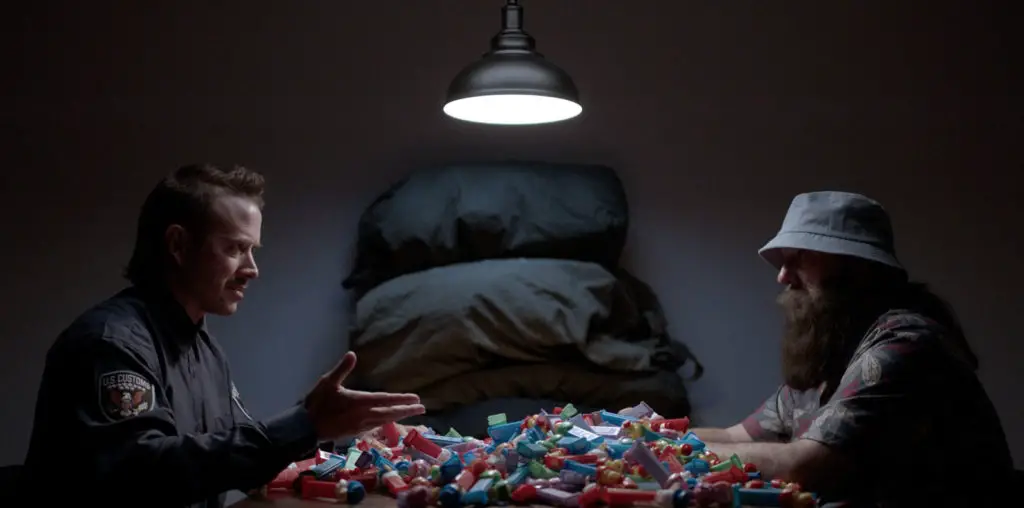
by: Stina Chyn
* *.5
Director & Writer: Wes Craven
Producer: Robert Shaye
Starring: Heather Langenkamp, Amanda Wyss, Nick Corri, Johnny Depp, Robert Englund, and John Saxon et al.
1984
More Like Finger Knives: A Nightmare on Elm Street
It is fitting that “nightmare” won Week 22 of Film Phonics since Halloween is finally upon us. “The Nightmare Before Christmas” (1993) and “A Nightmare on Elm Street” (1984) were the obvious film choices; and since I’ve seen Tim Burton’s stop-motion animation piece, I watched Wes Craven’s canonical horror show. I was three years old when “Nightmare on Elm Street” was released in the theatres. Although it has been on various channels on television countless of times over the years, two decades would pass before I’d see the film in its entirety from start to finish.
For readers in need of a refresher course in iconographic 80s American horror, “A Nightmare on Elm Street” (written and directed by Craven) introduced to popular cinema and culture a bad guy by the name of Freddy Krueger (Robert Englund). Wearing black pants, a red and green horizontally striped sweater, a brownish hat, and knife-tipped gloves, Krueger was a monster that lurked in teenaged nightmares. His boiling, burnt, peeling flesh coupled with a grumbling yet oddly sonorous voice became emblematic of deadly vulnerability. In the first installment in what has become a seven-part series (including “New Nightmare” and “Freddy vs. Jason”), four teenagers start dreaming to death. A more detailed plot synopsis is not necessary because no matter which Elm Street it is, the film boils down to this concept: Freddy Krueger prowls your nightmares; you die in your sleep, you die in real life.
The special effects were neat, I must admit. My favorite scene in the film is the one where blood gushes upward from the middle of a certain actor’s bed. Nevertheless, I thought the film was silly, especially within the context of wardrobe. John Hughes’s “The Breakfast Club” came out just one year later and its characters wore less horrendous clothing and hairstyles. I am glad I wasn’t a teenager in the mid-80s, but had I been, I probably would’ve thought Craven’s film to be “totally awesome, man.” I would’ve been able to relate to the characters on more than a narrative level. This inability to care or to be deeply moved is partly due to my knowing what the film is really about—sex and death….as all slasher films are really about if they feature randy nubile characters with their whole lives ahead of them.
And now for a question: If all it takes to defeat Freddy Krueger is to stop believing in him, why couldn’t all antagonists (in cinema and in reality) be vanquished in the same way?
